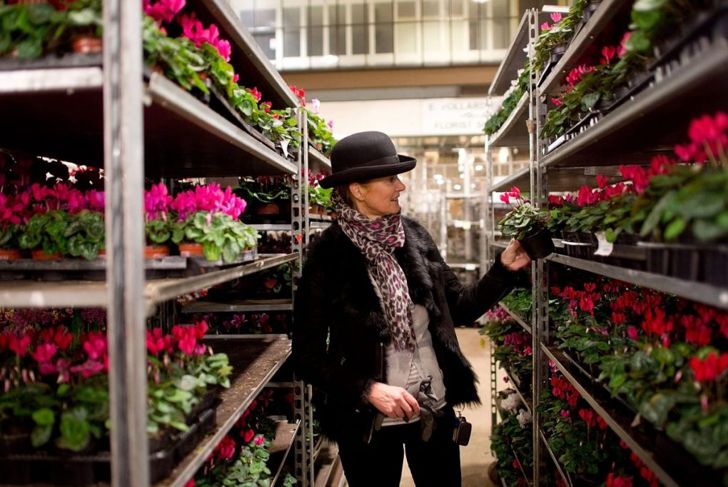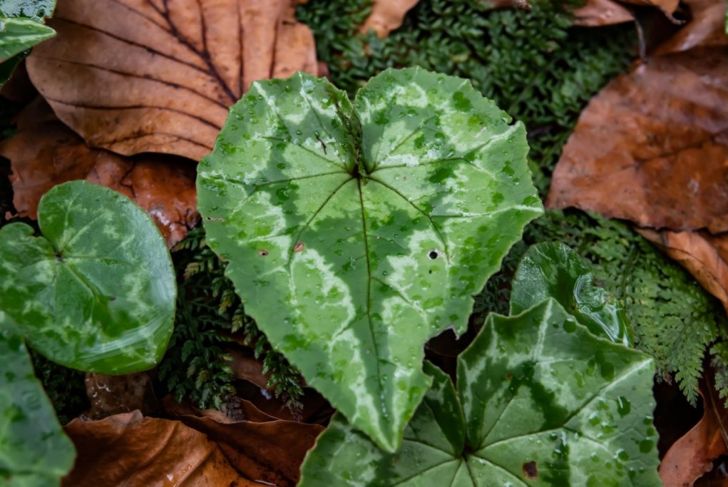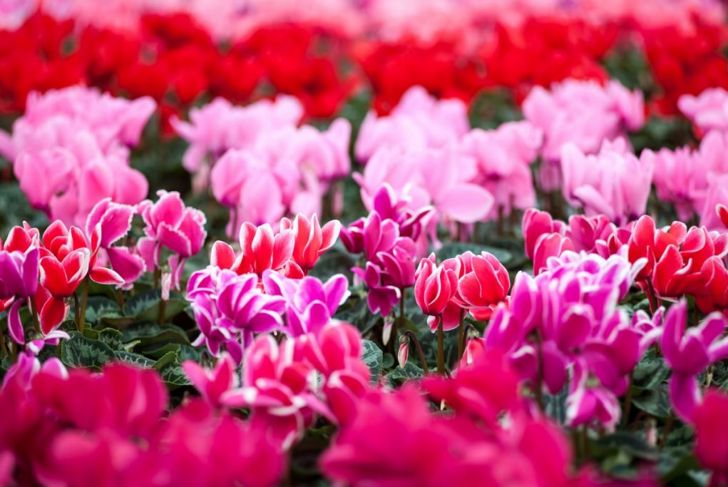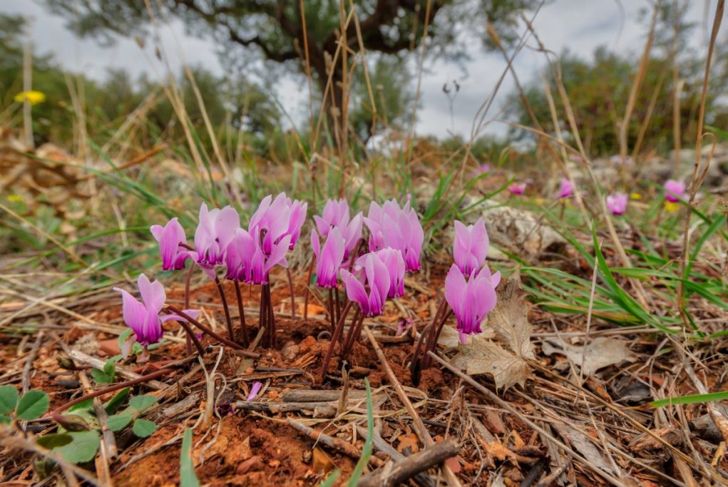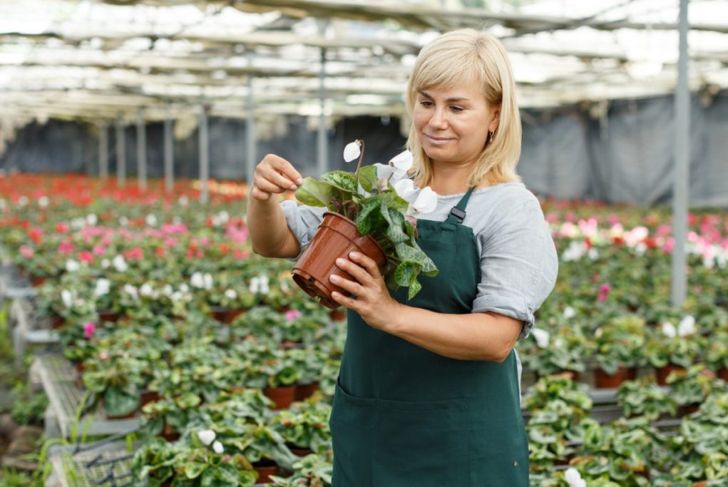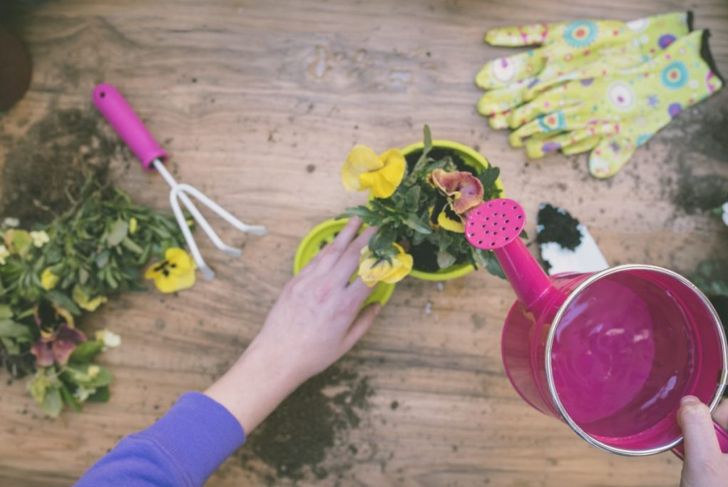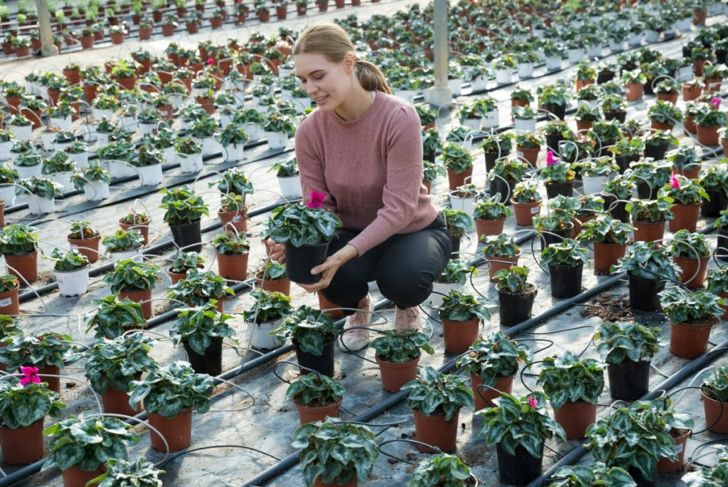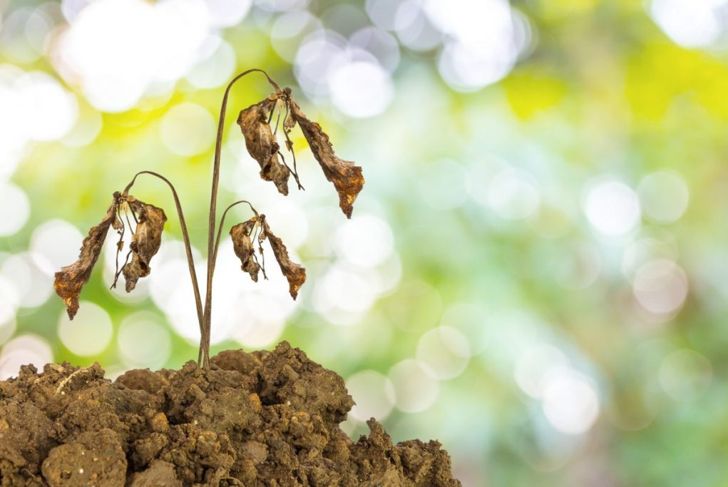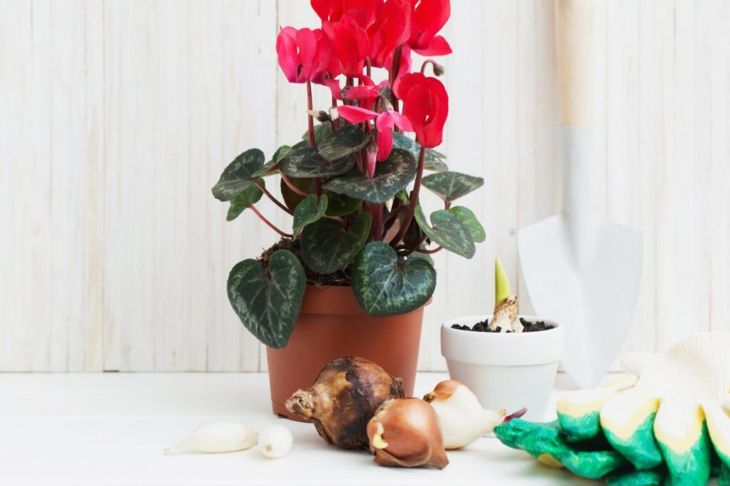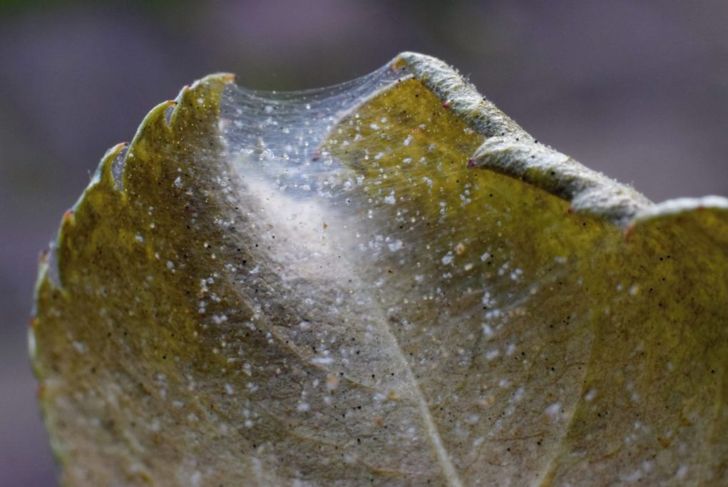Cyclamens are a type of bulb plant native to the Mediterranean and Southern Europe. They are popular indoor plants because they provide up to eight weeks of brilliant colors. Grocery stores and florist shops begin stocking on cyclamen before Halloween, and the plants remain on shelves until Christmas. Cyclamen have swept-back flowers that resemble shooting stars, and the leaves have beautiful silvery patterns. The plants live for years and bloom annually when they are properly taken care of.
Choosing Cyclamen Plants
Most cyclamen sold as houseplants are tropical cyclamen. These plants can’t tolerate temperatures under 40° Fahrenheit. Garden nurseries usually sell hardy cyclamens, which tolerate outside temperatures in USDA zones 5 to 7. Hardy cyclamen grow outdoors in USDA zones 8 and 9, but they may not bloom well because conditions are too hot and dry.
Types of Cyclamen
Cyclamen plants come in a variety of shapes, sizes, and colors. Miniature cyclamen are 8 to 10 inches tall, and their blooms are white, red, pink, purple, or flame. The flame variety is a brilliant red with shades of darker red and purple showing up as well. Stirling Silver Leaf cyclamen are large, flowering plants with blooms in the same colors as miniature cyclamen. The Silver Leaf varieties have white outlines on their blossoms, and the dark green leaves are heavily marbled in silver and white. The classic series of cyclamen have red, magenta, pink, white, and purple blooms.
Cyclamen Hybrids
Hybridizing is the process of intentionally creating new plants to improve desirable features. There are three main types of cyclamen hybrids. The Sierra Series produces large, brightly-colored flowers ranging from 2 to 4 inches in width. The flowers bloom in white, pink, salmon, scarlet, lilac, and purple. Scentsation cyclamen hybrids are an open-pollinated variety with strong fragrances; their flowers bloom in shades of pink and red. Victoria cyclamen hybrids are another open-pollinated variety that produces lovely ruffled white blooms outlined in red.
Temperature
The daytime temperatures in cyclamen’s natural environment are 60 to 70° Fahrenheit with temperatures dropping into the low 40s at night. Cyclamen in the Mediterranean region bloom during cool, damp weather in spring, fall, and winter. Indoor cyclamen do well when temperature and light mimic natural conditions, so place potted cyclamen in the coolest area of the home near windows to take advantage of natural sunlight.
Pruning
Proper pruning increases overall plant health and the number and size of blooms. Remove dead or yellowing leaves as soon as they appear during the summer months. Deadhead outdoor cyclamen to the ground immediately after they finish blooming; deadheading promotes large, healthy blooms in the future. During summer, cyclamen stores energy in tuberous roots. To make sure the roots are healthy, remove stems and leaves completely, so the plant doesn’t waste resources. Cut the stems carefully if they do not separate from the roots easily.
Watering
Cyclamen require careful watering, as they are sensitive to too much or too little water. Make sure the plant has porous potting soil inside a pot or container that promotes good drainage. Water cyclamen when the soil feels dry, but don’t let the plant become so dry that the leaves droop and wilt from dehydration. Lightly sprinkle water over the leaves and stems instead of directly onto the soil. Overwatering is the most common cause of death for indoor cyclamen.
Fertilization
Fertilizers encourage larger, brighter blooms for flowering plants. It may improve flowers in cyclamen, but make sure not to over-fertilize it. The plant’s tubers are sensitive to fertilizers, and the plant will die if excessive nitrogen burns them. Fertilize cyclamen houseplants every 2 to 4 weeks with a half-strength dose of liquid houseplant fertilizer. Apply when the plant starts to grow new leaves after the dormant cycle and while the plant is actively blooming. Stop fertilizing when flowers begin to fade. The best way to avoid damaging cyclamen is to feed only while the plants are actively growing leaves.
Cyclamen Dormancy
The dormant stage of the cyclamen plant begins when the leaves turn yellow, and the flowers fade. Stop watering the plant when the leaves start to yellow. Let all of the leaves die, then remove dead leaves and stems. Store the pot in a cool, dark area for 2 to 3 months. Let the soil dry out and do not water the plant during the dormant phase. Bring the plant out of dormancy by soaking the soil only once. Let the excess water drain away, then resume watering carefully in small doses as the plant grows.
Cyclamen Propagation
Cyclamen propagation from seeds takes approximately one year. Soak the seeds in water for 24 hours before planting them in potting soil. Do not plant seeds outdoors until temperatures reach 45 to 55 degrees Fahrenheit. Propagation via cyclamen bulbs during the dormant stage produces new plants that grow foliage at the same time as the parent plant. Divide bulbs of tropical cyclamen during spring and divide hardy cyclamen bulbs during autumn. Dig up the bulbs and carefully clean the soil from them. Use a clean, sharp knife to cut each bulb and make sure each section has a nub to grow stems and leaves. Plant bulb pieces in potting mix with nubs pointing upwards and slightly above soil level. The bulbs are susceptible to rot at this stage, so water the soil around them lightly but do not pour water directly over them.
Common Pests
Healthy cyclamen plants are usually resistant to pests, but the biggest dangers are spider mites and fungus gnats. Spider mites are tiny and thrive in dry environments. They spin light webbing underneath plant leaves. Raise humidity levels around cyclamen houseplants or gently wipe the leaves with a damp cloth to eradicate spider mites. Fungus gnats prefer damp conditions and wet soil. The gnats are a nuisance, although they do not usually damage plants. Let the soil dry out between waterings to discourage fungus gnats, but monitor the soil closely, so it doesn’t become excessively dry and damage the plant. Sticky insect traps catch fungus gnats, as well.

 Home
Home Health
Health Diet & Nutrition
Diet & Nutrition Living Well
Living Well More
More